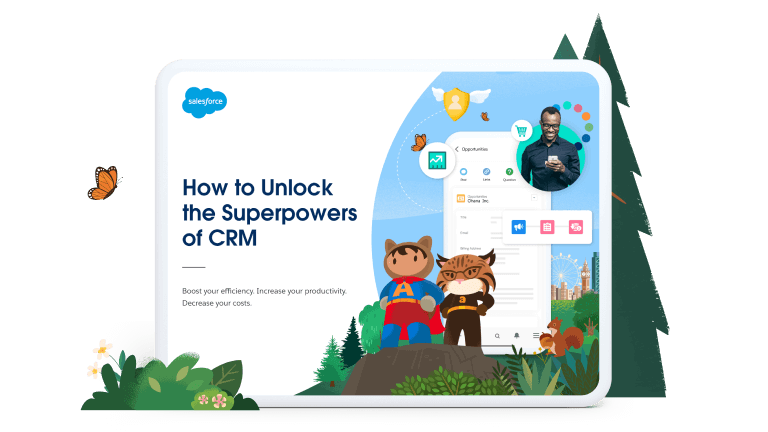The current business climate is difficult to read. Even though economic numbers and job growth still look positive, many business leaders are anticipating a recession in the face of near-historic inflation and rising interest rates. In response, some organisations are getting ahead of the curve by looking to eliminate business expenses, save money and become more efficient.
Reducing costs doesn’t just impact profitability. It can unlock a host of other benefits as well. In fact, you don’t have to think of trimming costs as getting smaller. Think of it as working smarter.
Eliminate business expenses to unlock big benefits
Sometimes getting leaner can help a business become more productive and efficient, as well as more profitable. After all, a more streamlined business is one that’s potentially nimbler and better prepared to go wherever the market takes them. Additionally, reducing costs can free up capital to pursue those new market opportunities.
Here are some of the benefits that businesses can unlock by reducing costs:
Reducing costs can provide SMEs with more financial flexibility and working capital.
Re-thinking physical infrastructure can not only help lower costs; it can lead to a better EX (employee experience) and more innovative ways of working.
By eliminating business expenses, organisations can increase their profitability even without an increase in revenue.
Increasing revenue can be a long-term process, but reducing costs will have an immediate impact on the bottom line.
Businesses can become more economically stable, helping to weather tough economic times.
10 tips for eliminating business expenses
Looking to eliminate business expenses and get the maximum impact from your resources? Here are 10 tips for cutting costs and doing more with less.
Audit your business’s fixed costs. Have a look at how much it’s costing you to keep your doors open each month. Can you cut back on fixed costs such as utilities and internet? Is it possible to re-negotiate existing supplier contracts, or search for more cost-effective partners? Even things like production costs should be evaluated, as new opportunities are constantly emerging.
Automate your workflows to increase efficiency and productivity. Automation is one of the most effective tools for SMEs looking to maximise their investments. Not only can automating workflows help improve the customer experience; it can improve the employee experience, as well. By automating mundane, low-value tasks, you can free your teams to focus on business-critical work.
Use your CRM to optimise the sales funnel, then remove poor opportunities. Your sales team in a hugely valuable resource. After all, these are the people building relationships and driving revenue. But if they’re being burdened with poor leads, their time isn’t being used as well as it could be. Unleash the power of your CRM to score leads, surface the best opportunities and automatically assign them to the right reps.
Skill up workers across multiple roles. Today’s businesses are deploying their teams in exciting new ways. No longer are workers relegated to a siloed role, rather they’re being trained across functions, able to help out when and where as needed. That’s not to say that expertise isn’t important. It’s just that expertise is becoming more diffuse. Most exciting of all? Affordable on-demand digital training tools have made it easy to learn new skills from anywhere. Hello new skills, goodbye productivity gaps.
Use budgeting software. Budgeting software can help you figure out where your money is going, and how it can be better spent. It can help you predict revenue, calculate fixed costs and track variable expenses. You can also use it to set the right cost-saving benchmarks for your business.
Weigh up the costs of your physical workplace. It’s no secret that businesses and workers are viewing physical spaces in a new way since the pandemic. Some businesses have gone back to the office permanently. Others have shifted to a remote model. And hybrid working is creating new flexibility. Evaluate the costs associated with your physical infrastructure. Can those costs be reduced? Can you reimagine your working environment?
Create your own no-code apps and digital solutions to eliminate IT expenses. It’s easier than ever to unlock the benefits of bespoke technology. In fact, if you can think of a business pain point, there’s probably an app for that. However, IT can be costly. Luckily, Lightning Developer enables SMEs to build apps with no coding knowledge. Or, if you want to shop a selection of pre-built apps, you can check out the AppExchange.
Learn from your competitors. You’re not alone in the marketplace. Have a look at how your competitors are adapting to a changing climate. Are they changing their marketing strategy? Have they reduced office space? Are they becoming more streamlined? Or perhaps they’re doing the opposite, and looking to seize new market opportunities and gain a competitive advantage.
Set new KPIs (key performance indicators) around financial goals. When creating a new sales strategy, you may want to focus on different KPIs than you previously have. For instance, you may be more concerned with driving immediate revenue and reducing cost per lead. As spending patterns change and budgets tighten, your financial priorities may change as well. You can set KPIs around budgetary concerns and cost cutting, or around longer-term goals.
Look at outsourced services. If you’re outsourcing things like book-keeping, look at whether it can be handled by software. On the other side of the coin, look at expensive, non-core activities that aren’t being outsourced. Could they be? Would outsourcing these services help drive productivity? Efficiency? Employee satisfaction?
Are you ready to move at the speed of change?
One thing to remember is that eliminating business expenses only makes sense if it benefits your organisation. For instance, if lower costs lead to lower quality, you may lose customers. This could damage your long-term prospects and lead to struggles in the marketplace.
On the other hand, if you’re able to eliminate business expenses while maintaining the same level of quality, customer care and sales figures, you’ll be well on your way to increasing profitability and becoming more economically stable.
Ensure that you’re tracking the impact of any cost reductions as you go. Regularly monitor your expenses and perform budget reviews. You can even use performance metrics to identify any areas for further improvement.
To see more about how to create a blueprint for a smarter, more efficient business, check out our guide, Unlock the Superpowers of your CRM.








